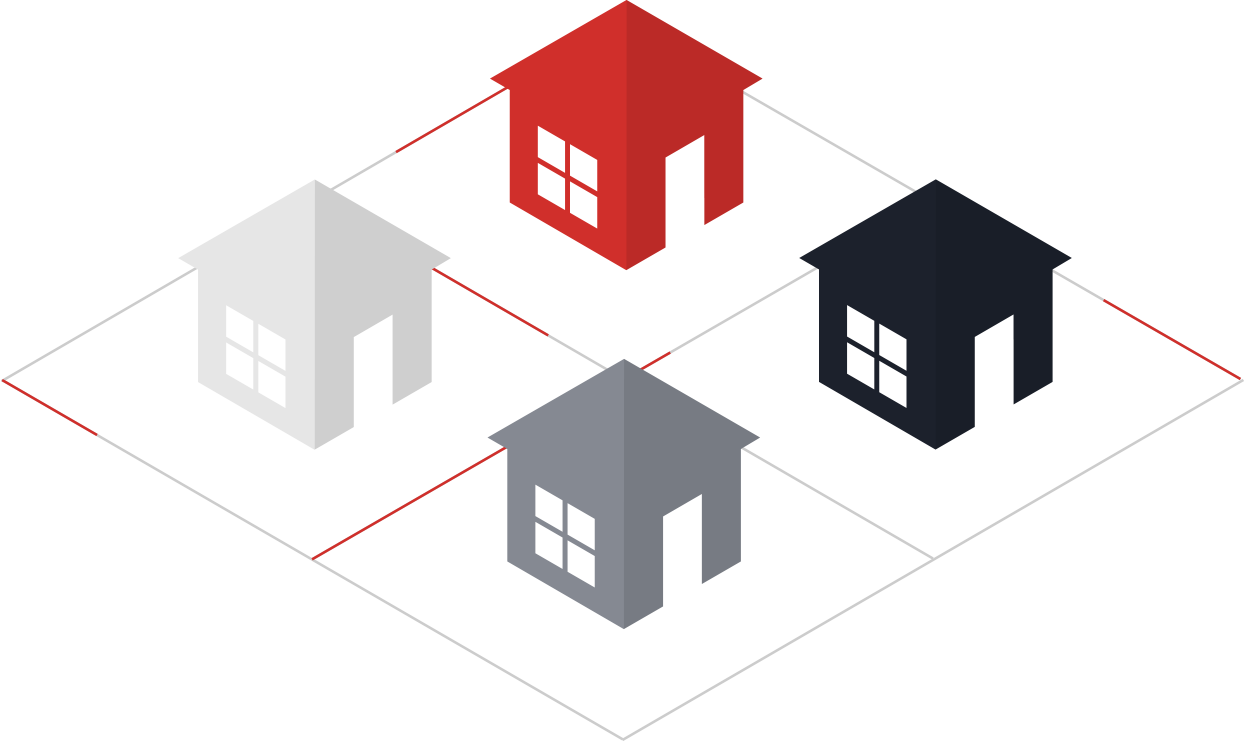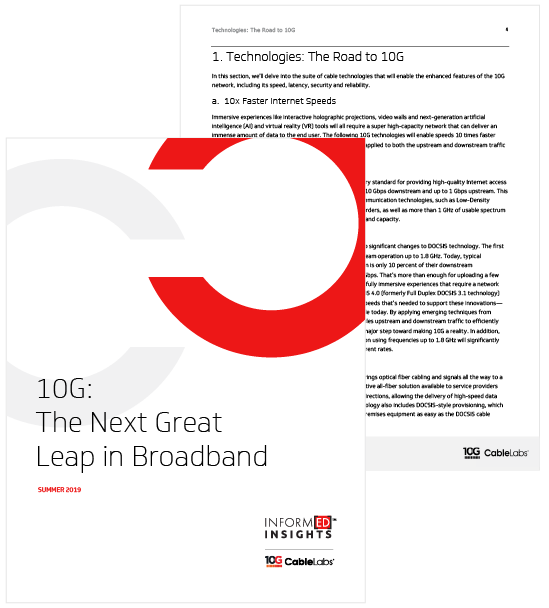Cable Broadband Availability by Metro Area
Metropolitan Statistical Area (MSA) (US Census Bureau; OMB):
- As of June 2020, cable broadband service is available to over 94% of housing units in the Atlanta metropolitan area.
- By June 2020, over 99% of housing units passed by cable broadband service had available gigabit download speeds.
- As of June 2020, cable broadband service is available to 96% of housing units in the Baltimore metropolitan area.
- By December 2020, over 99% of housing units passed by cable broadband service had available gigabit download speeds.
- As of June 2020, cable broadband service is available to 98% of housing units in the Boston metropolitan area.
- By June 2020, over 99% of housing units passed by cable broadband service had available gigabit download speeds.
- As of June 2020, cable broadband service is available to over 99% of housing units in the Bridgeport metropolitan area.
- By June 2020, over 99% of housing units passed by cable broadband service had available maximum download speeds of 300 Mbps or more and 40% had available gigabit download speeds.
- As of June 2020, cable broadband service is available to 97% of housing units in the Chicago metropolitan area.
- By June 2020, 99% of housing units passed by cable broadband service had available gigabit download speeds.
- As of June 2020, cable broadband service is available to 90% of housing units in the Dallas metropolitan area.
- By June 2020, 99% of housing units passed by cable broadband service had available gigabit download speeds.
- As of June 2020, cable broadband service is available to 99% of housing units in the Hartford metropolitan area.
- By June 2020, 94% of housing units passed by cable broadband service had available gigabit download speeds.
- As of June 2020, cable broadband service is available to 99% of housing units in the Honolulu metropolitan area.
- By December 2020, over 99% of housing units passed by cable broadband service had available gigabit download speeds.
- As of June 2020, cable broadband service is available to 89% of housing units in the Houston metropolitan area.
- By June 2020, 97% of housing units passed by cable broadband service had available gigabit download speeds.
- As of June 2020, cable broadband service is available to 99% of housing units in the Los Angeles metropolitan area.
- By June 2020, over 99% of housing units passed by cable broadband service had available gigabit download speeds.
- As of June 2020, cable broadband service is available to 99% of housing units in the New York metropolitan area.
- By June 2020, over 99% of housing units passed by cable broadband service had available maximum download speeds of 300 Mbps or more and 64% had available gigabit download speeds.
- As of June 2020, cable broadband service is available to 98% of housing units in the Philadelphia metropolitan area.
- By June 2020, over 99% of housing units passed by cable broadband service had available gigabit download speeds.
- As of June 2020, cable broadband service is available to 96% of housing units in the Pittsburgh metropolitan area.
- By June 2020, 97% of housing units passed by cable broadband service had available gigabit download speeds.
- As of June 2020, cable broadband service is available to 98% of housing units in the Providence metropolitan area.
- By June 2020, over 99% of housing units passed by cable broadband service had available gigabit download speeds.
- As of June 2020, cable broadband service is available to 97% of housing units in the Raleigh metropolitan area.
- By June 2020, over 99% of housing units passed by cable broadband service had available gigabit download speeds.
- As of June 2020, cable broadband service is available to 98% of housing units in the Rochester metropolitan area.
- By June 2020, over 99% of housing units passed by cable broadband service had available gigabit download speeds.
- As of June 2020, cable broadband service is available to 96% of housing units in the San Francisco metropolitan area.
- By December 2020, over 99% of housing units passed by cable broadband service had available gigabit download speeds.
- As of June 2020, cable broadband service is available to 99% of housing units in the Tampa metropolitan area.
- By June 2020, over 99% of housing units passed by cable broadband service had available gigabit download speeds.
- As of June 2020, cable broadband service is available to 96% of housing units in the Toledo metropolitan area.
- By June 2020, over 99% of housing units passed by cable broadband service had available gigabit download speeds.
- As of June 2020, cable broadband service is available to 97% of housing units in the Winston-Salem metropolitan area.
- By June 2020, over 99% of housing units passed by cable broadband service had available gigabit download speeds.
- As of June 2020, cable broadband service is available to 95% of housing units in the Washington DC metropolitan area.
- By June 2020, over 99% of housing units passed by cable broadband service had available gigabit download speeds.
Source: FCC 477 Data (Dec. 2014, June 2020); FCC Census Block Estimates





